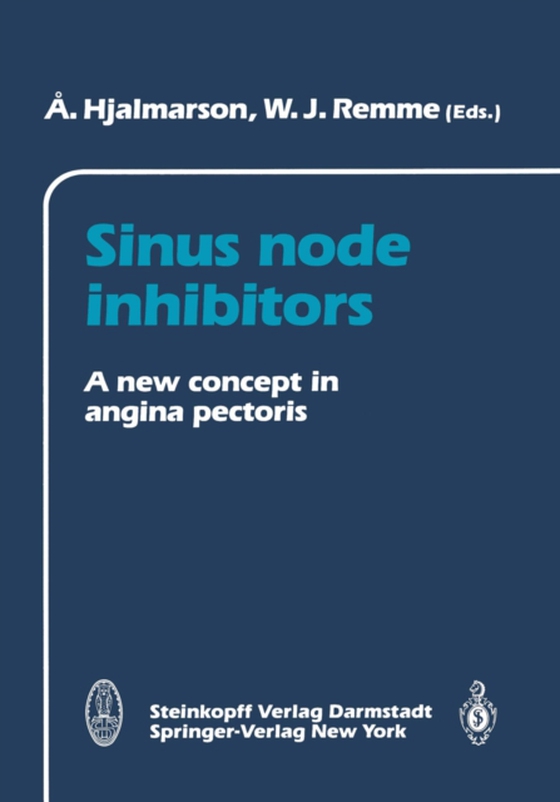
Sinus node inhibitors e-bog
875,33 DKK
(inkl. moms 1094,16 DKK)
Although surgical and catheter-based revascularization techniques have substan- tially improved today's therapeutic potential in ischemic heart disease, in the majority of patients treatment will be conservative for a number of reasons, the cost-effectiveness of non-pharmacological approaches being of major importance. During the last two decades, drug development for ischemic heart disease has...
E-bog
875,33 DKK
Forlag
Steinkopff
Udgivet
6 december 2012
Genrer
Cardiovascular medicine
Sprog
English
Format
pdf
Beskyttelse
LCP
ISBN
9783642724589
Although surgical and catheter-based revascularization techniques have substan- tially improved today's therapeutic potential in ischemic heart disease, in the majority of patients treatment will be conservative for a number of reasons, the cost-effectiveness of non-pharmacological approaches being of major importance. During the last two decades, drug development for ischemic heart disease has been impressive and many new compounds have been added to our therapeutic armamentarium. Nevertheless, where mode of action is concerned, it is interesting to note that, despite all these efforts, we are still confined to three categories of drugs. Antithrombotics and platelet-active agents aside, these concern nitrates, betablocking drugs and calcium antagonists, agents which reduce ischemia by diminishing cardiac work or wall stress,. thereby affecting myocardial oxygen demand and/or by improving coronary blood flow. Alone or in combination, these agents have proved to be efficacious in the treatment of angina pectoris or other symptoms of ischemic heart disease in a number of patients, but certainly not in all. Moreover, as side-effects are often a problem with current antianginal compounds, the physician may find himself restricted in his therapeutic capabilities and in need of new and, preferably, alternative forms of pharmacological treatment.
 Dansk
Dansk

